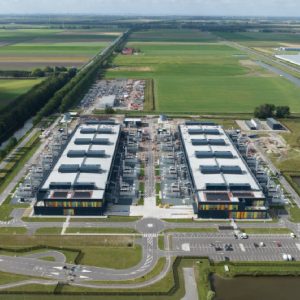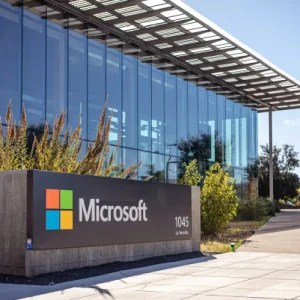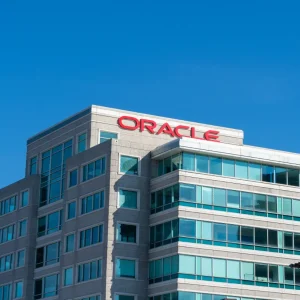
Use of Amazon Web Services’ (AWS) Machine Learning (ML) – which lets developers add intelligence to applications and ramp up analytics – has more than doubled in the past year, the company said late Thursday.
The 250 percent increase was driven by “broad adoption” of SageMaker, its end-to-end managed ML service, which was released in November, Amazon said.
Cathay Pacific, Echo360, Expedia.com, FICO, GE Healthcare, Grammarly, KloudGin, Lau Brothers, Limbik, Lionbridge, NFL, VMware, and more were among the new adopters cited by the company in its Q1 results.
AI/ML Use Soaring
The figures come as companies scramble into the ML/AI space. Yesterday Microsoft customer Thoughtonomy, for example, announced the release of an enhanced AI functionality within its Software as a Service platform, which operates on Microsoft Azure.
“The service simulates the actions of a human worker, combining AI enhancements with additional capabilities which include the ability to understand, interpret, translate and structure information, as well as interact with human workers in natural language” the company said, adding that it is currently being used to input data, make payments and complete administration tasks by companies across a range of sectors, including financial, media, telecoms, retail and the public sector
Amazon has also offered other machine learning platforms; Amazon Transcribe and Translate. Together, the capabilities perform grammatically correct transcriptions of audio files and then automatically analyses them.
Cloud Competition
Rival cloud providers, Microsoft and Google have also revealed positive figures in quarterly results; driven by intelligent cloud services to customers.
Microsoft Azure cited 20 percent higher revenue from server products and Azure cloud services (93 percent). Google Cloud has also exceeded expectations in Q1; recording a 73 percent profit increase on Monday. The company stated in its results that ‘other bets’ including the likes of autonomous vehicles and machine learning technology increased from $132million in Q1 last year to $150million this year.






